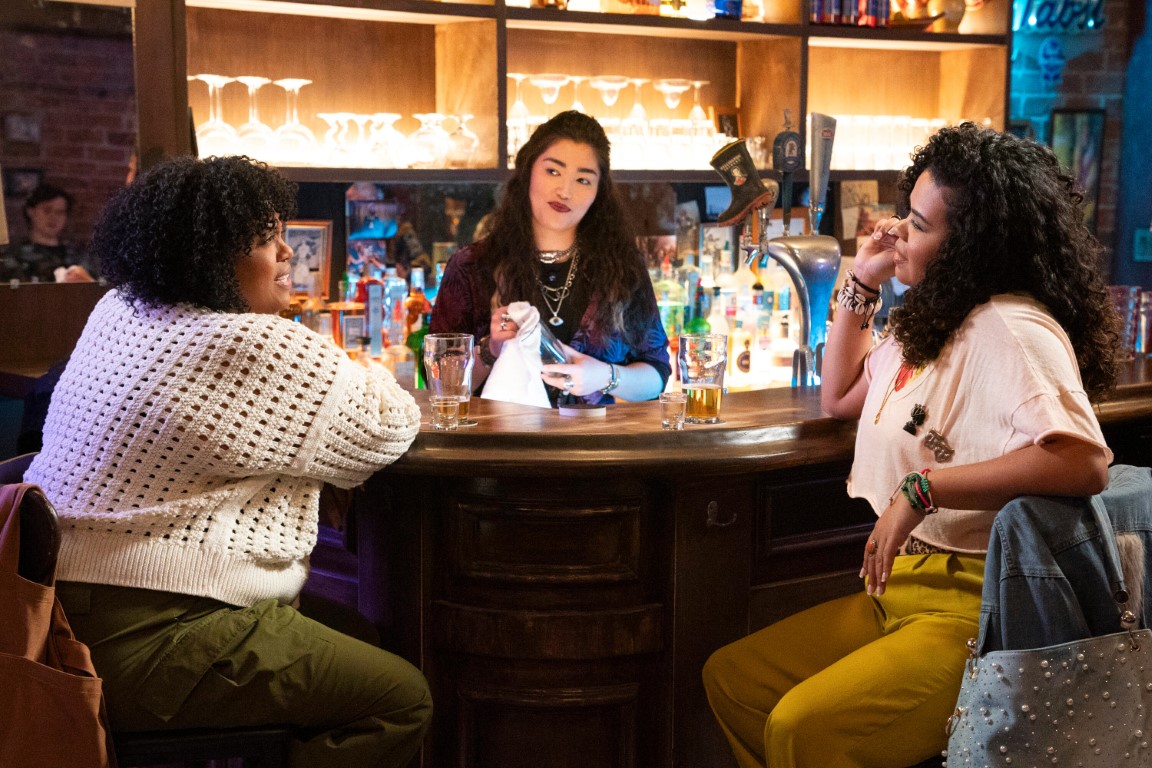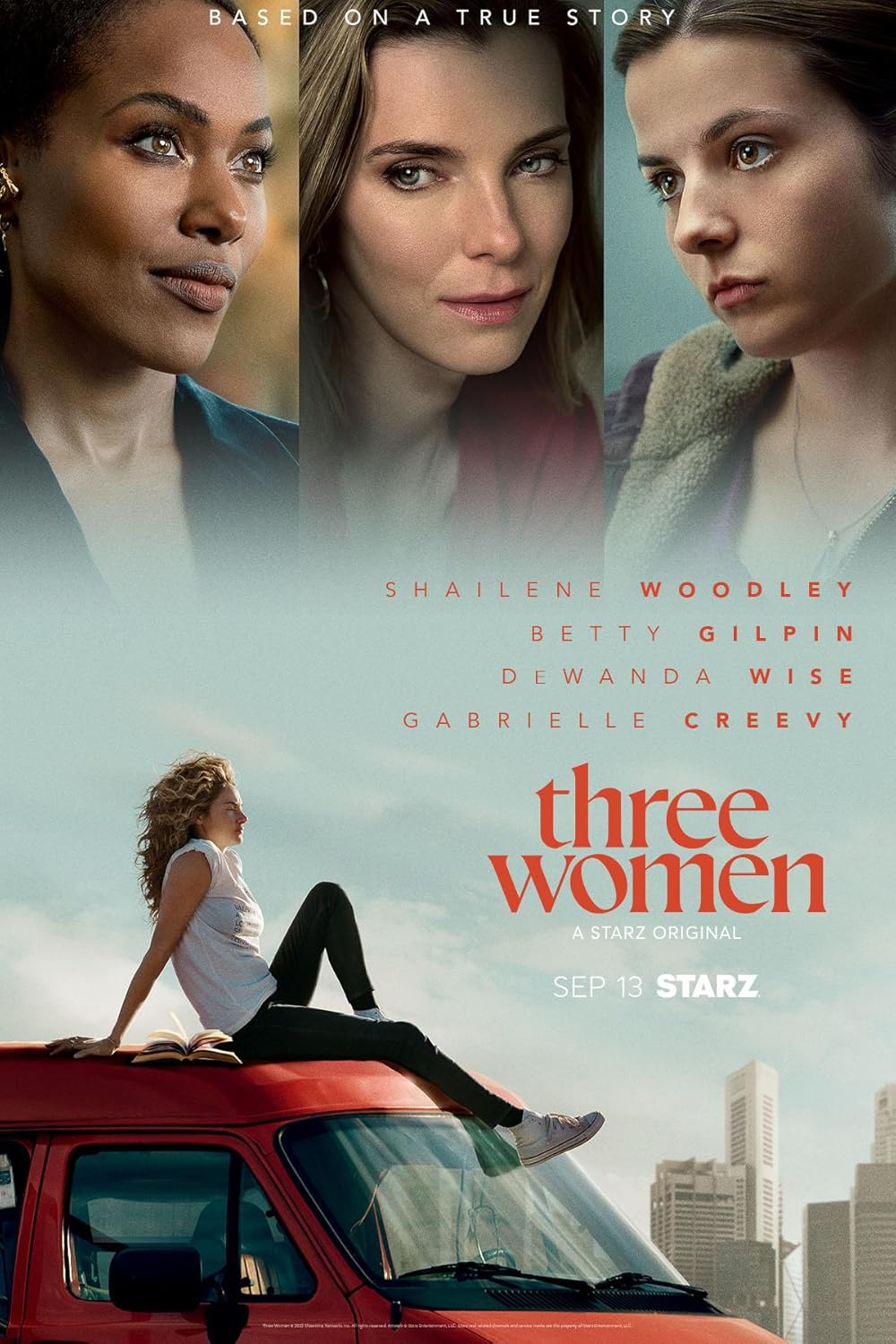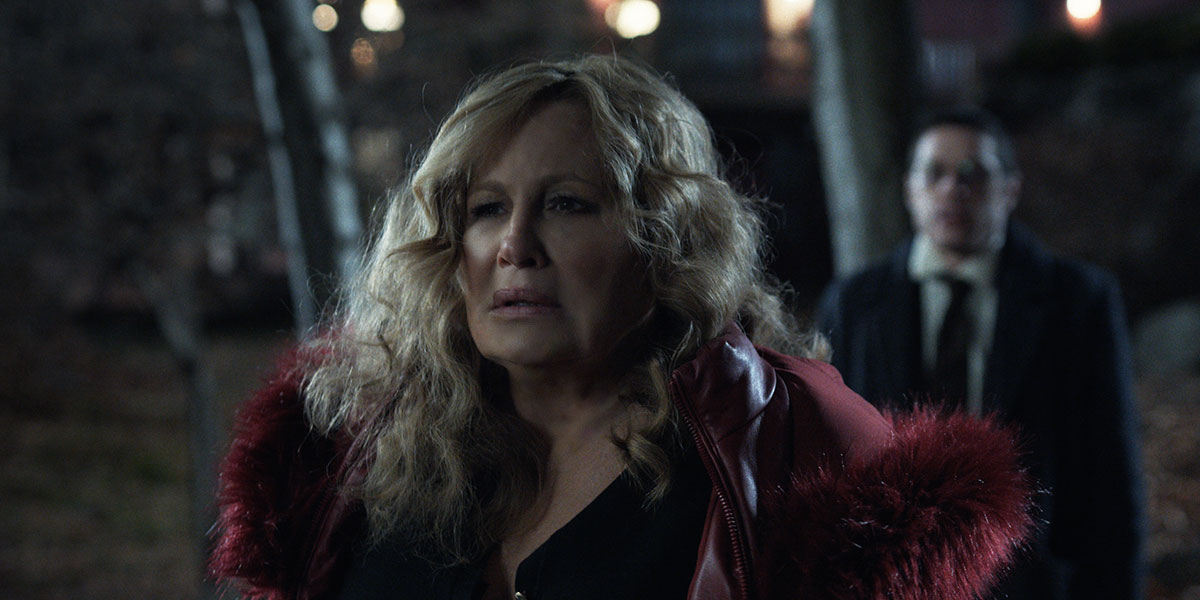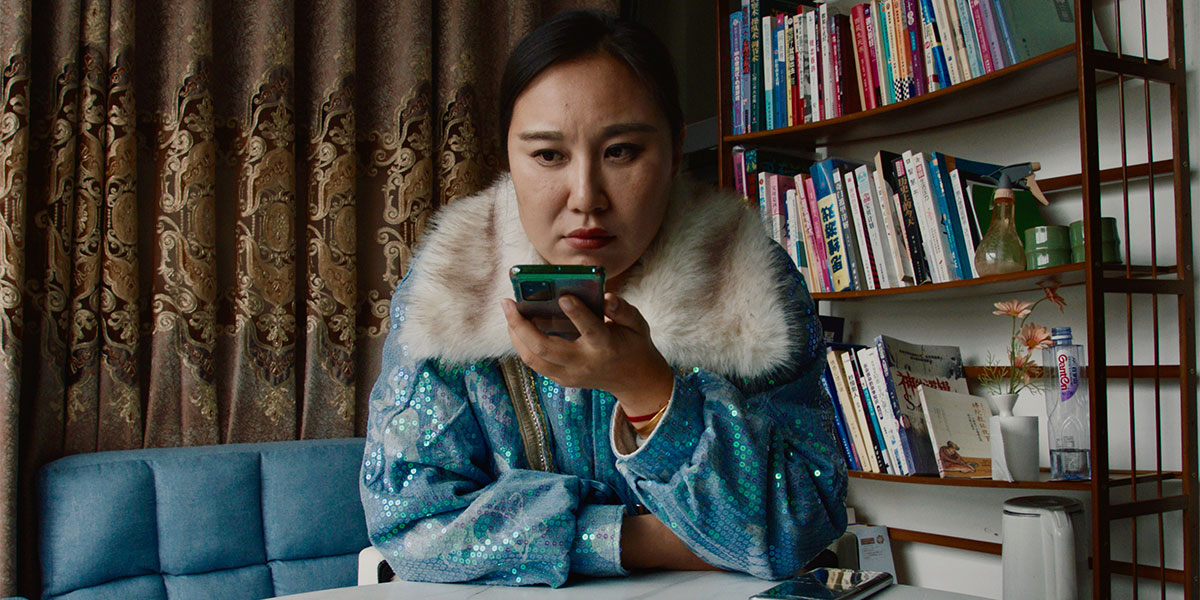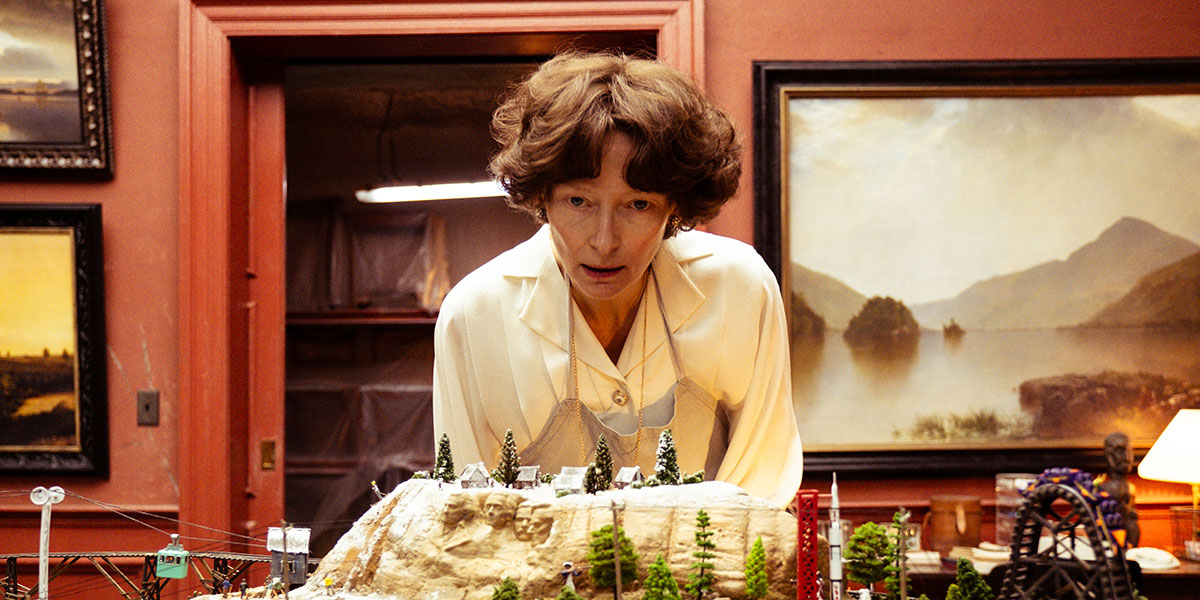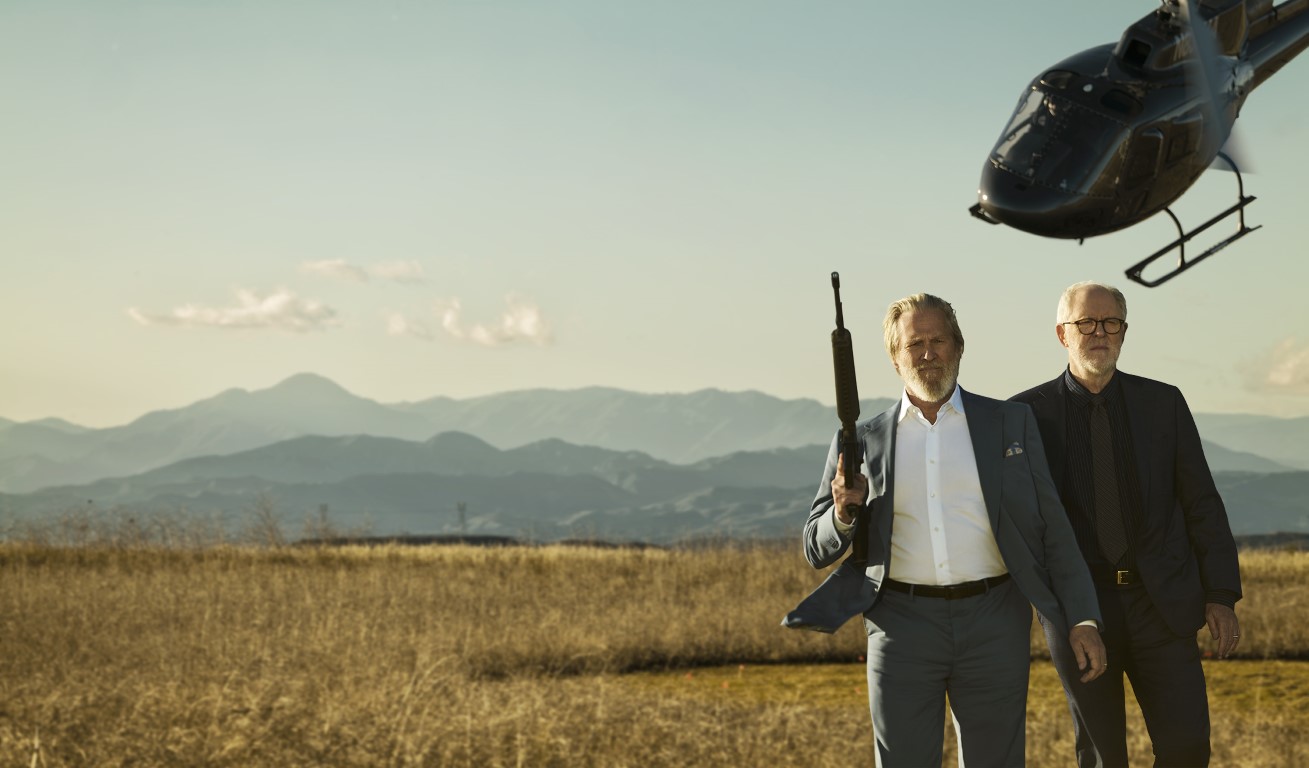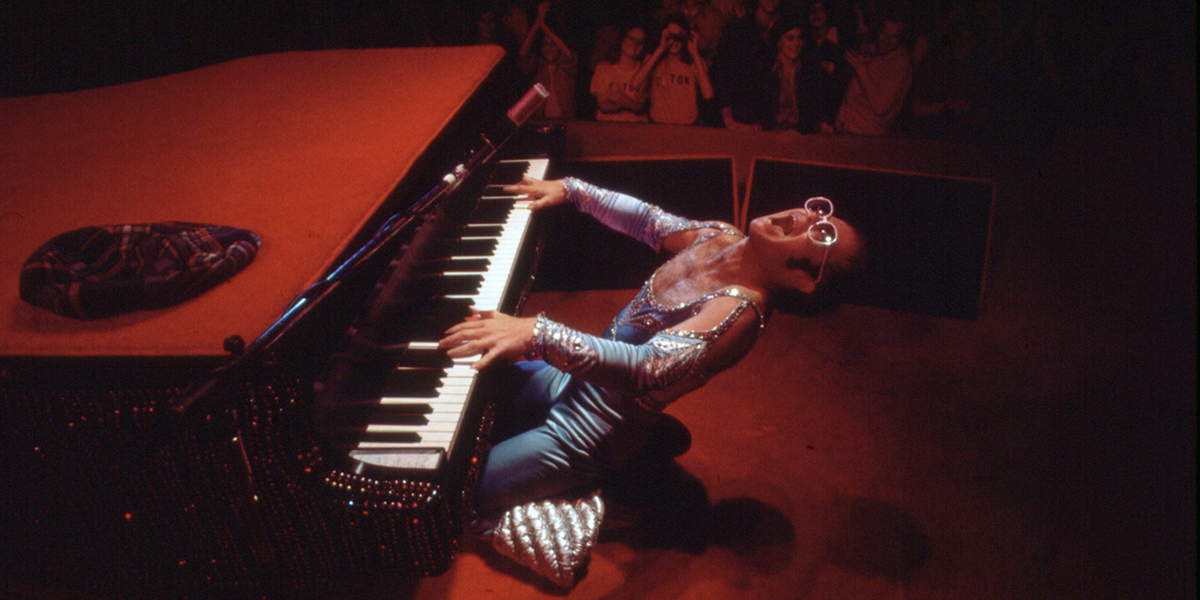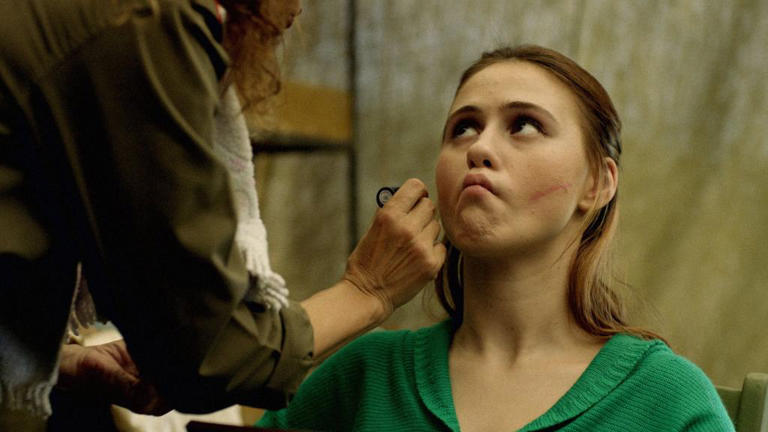Whenever this day arrives, I think of how popular culture usually depicts momentous days in history as ones where ordinary life stands still, and the way it really is: the momentous thing happens, but there are also all of these ordinary things that have to occur as if it were a day like any other. […]
